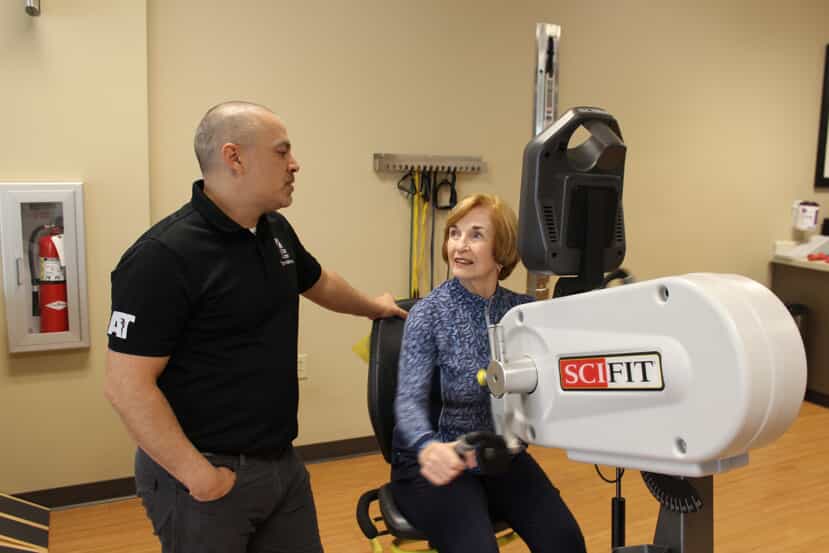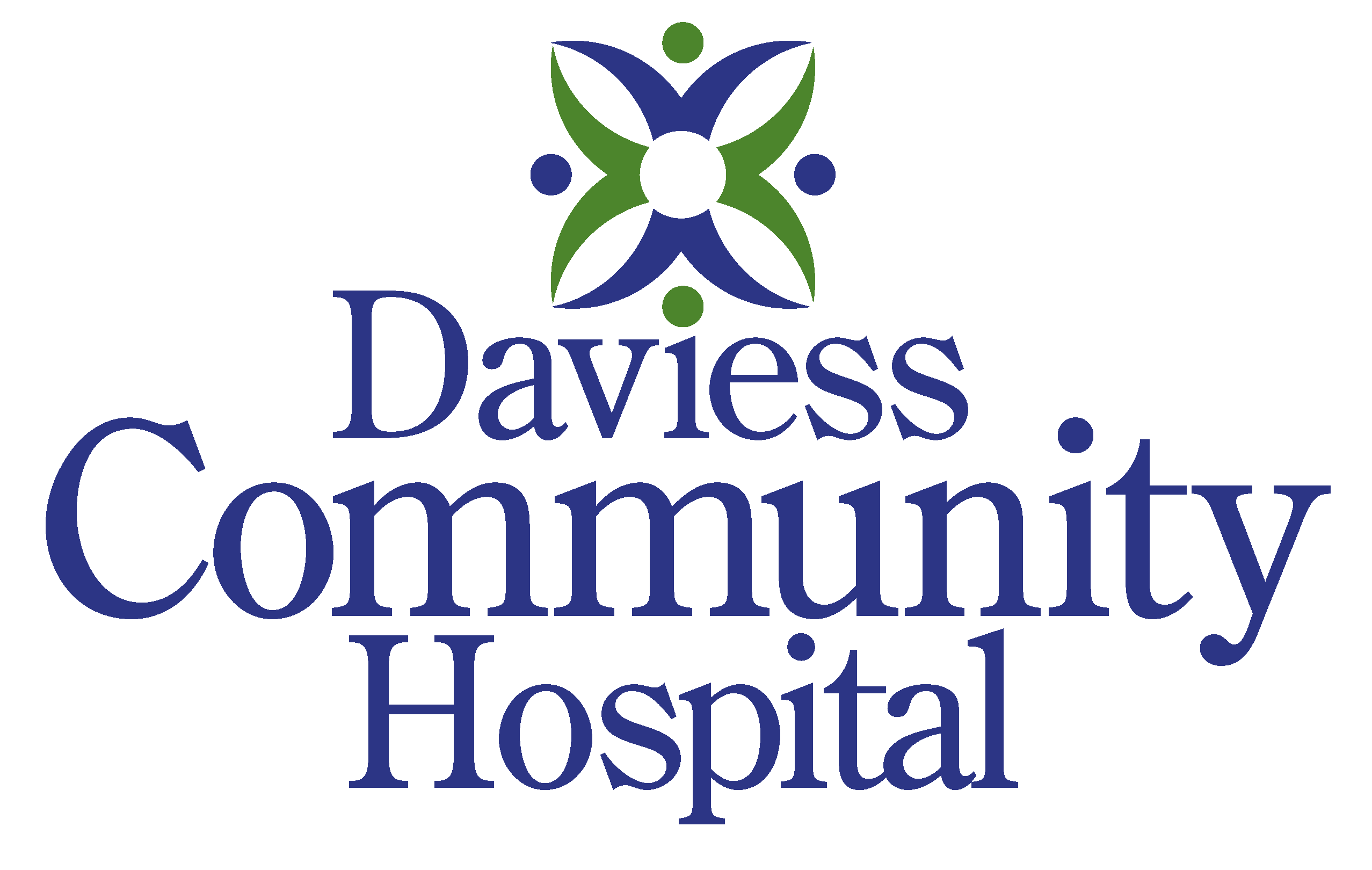Becky Dayton’s Journey from shoulder surgery to recovery

Becky Dayton has been an active lady in the Washington community for most of her adult life. However, the shoulder pain that has plagued her for many years has prevented her from fully enjoying activities such as golf, yoga, pickleball, and time with family and friends.
For the past five years, Becky tried cortisone injections in her shoulder that only gave her relief for a few weeks from the pain caused by a torn rotator cuff and arthritis. “I kept trying to use my shoulder thinking that would help, but it did not,” Becky recalled.
After discussing her options with Dr. Marcus Thorne, Orthopaedic Surgeon at Daviess Community Hospital, she was ready to have shoulder surgery in November 2022. What came next completely changed her plans. Preliminary scans ordered prior to her surgery revealed that Becky had suspicious nodule on her lower right lung. Shoulder surgery was put on hold as Becky underwent a different surgery on both of her lungs to remove cancer.
While still recuperating in January of 2023, Becky was still suffering from shoulder pain. This time, her shoulder surgery was put on the back burner while she had foot surgery.
In August of 2023, Becky had another cortisone shot in her shoulder to help with the pain. Relief finally came on September 18, 2023 when Dr. Thorne performed a “reverse total shoulder”.
Dr. Thorne recalls that he first saw Becky in 2019 regarding her shoulder. “At that time, she was diagnosed with glenohumeral arthritis,” explained Dr. Thorne. “This is a condition of degeneration and loss of cartilage of the shoulder joint. The source of this condition can come from wear and tear, rheumatism, trauma, infection, etc. She responded well to anti-inflammatories, therapy, pain medication, rest, activity modification, etc. Her arthritis was due to chronic rotator cuff tearing which results in very abnormal wearing of the shoulder joint. The best replacement option for her was reverse total shoulder arthroplasty. Replacement offers good reliable functional shoulder with minimal pain. This is where we "reverse" the shoulder alignment. The "golf ball" is where the "tee” should be, and vice versa. This uses the deltoid muscle to move the joint around rather than the cuff which normally does. In this case, a standard shoulder replacement would not be successful because standard shoulder replacement is based off of an intact and functioning rotator cuff. Becky has far exceeded my expectations. She is a rock star!”
Becky began occupational therapy a few days after surgery with the Rehab Therapies team at the DCH CORE Center in Washington. “I knew that I had to put the work into therapy both at the CORE Center and at home,” Becky said. She was also using a ‘cryo cuff” which is anatomically designed to cover the shoulder area completely. It helps reduce swelling and pain and is used for post-op, rehabilitation, and sports injuries.
Brandon Johnson, Occupational Therapist, was Becky’s primary therapist at the CORE Center. “Becky came to Occupational Therapy in mid Sept of 2023 two days after her “Reverse Total Shoulder Arthroplasty” (Reverse Total Shoulder Replacement) to begin typical protocol treatment prescribed by Dr. Thorne,” Brandon recalled. “She was carefully progressed with an individualized exercise program as well as educated through navigating “life” through each phase of treatment, while attending regular follow up appointments with Dr. Thorne. Throughout her process, she experienced very little pain.
“Just when therapy was going along smoothly, I came down with the flu following Thanksgiving with family,” Becky explained. “I had to stop therapy while I was ill. Then my husband had surgery in December, so I wasn’t able to get back to the CORE Center until late January 2024. At that time, I didn’t have the strength to lift much or even open a jar.”
Following additional therapy sessions at CORE and her home exercise program, she was able to return to normal range of shoulder motion and strength which allowed her to resume a very active lifestyle (yoga, pickle ball, and weighted workout routine). A typical protocol for this surgery would last from 12-14 weeks with return to normal activities such as golf at approximately 12 weeks and golf at 16 weeks. After eight weeks of hard work with Brandon, Becky was able to “graduate” from therapy in March of 2024.
“Dr. Thorne, Brandon and the entire staff have been amazing through this whole experience,” Becky remarked. I could not have asked for better care!”
.jpg)




